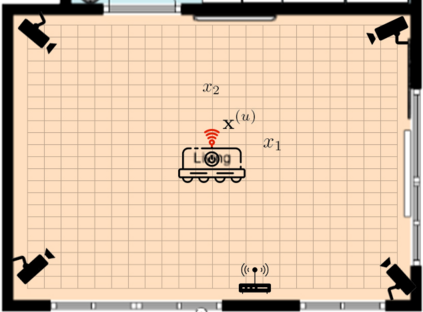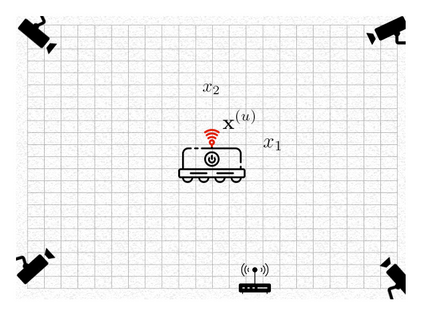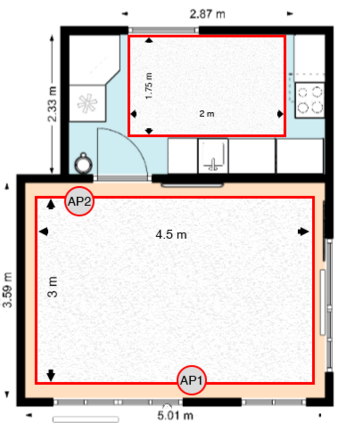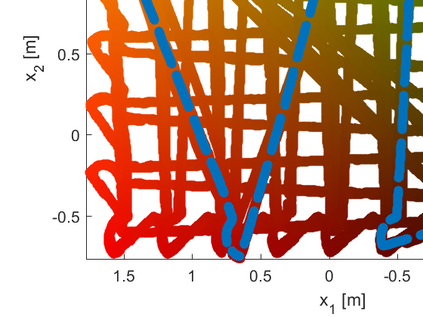Channel state information (CSI)-based fingerprinting via neural networks (NNs) is a promising approach to enable accurate indoor and outdoor positioning of user equipments (UEs), even under challenging propagation conditions. In this paper, we propose a positioning pipeline for wireless LAN MIMO-OFDM systems which uses uplink CSI measurements obtained from one or more unsynchronized access points (APs). For each AP receiver, novel features are first extracted from the CSI that are robust to system impairments arising in real-world transceivers. These features are the inputs to a NN that extracts a probability map indicating the likelihood of a UE being at a given grid point. The NN output is then fused across multiple APs to provide a final position estimate. We provide experimental results with real-world indoor measurements under line-of-sight (LoS) and non-LoS propagation conditions for an 80MHz bandwidth IEEE 802.11ac system using a two-antenna transmit UE and two AP receivers each with four antennas. Our approach is shown to achieve centimeter-level median distance error, an order of magnitude improvement over a conventional baseline.
翻译:在本文件中,我们提议为无线LAN MIMO-OFDM系统建立一个定位管道,使用从一个或多个不同步接入点获得的上链接CSI测量结果。对于每个AP接收器,先从CSI中提取新的特征,这些特征对现实世界收发器系统缺陷具有很强的系统缺陷具有很强的功能。这些特征是对NNW的输入,它提取出一个概率图,表明UE在特定电网点的可能性。NNU输出随后结合到多个APs,以提供最后位置估计。我们提供实验结果,根据直线和非同步接入点进行实际的室内测量结果,在80MHz带IEEE 802.11aaac系统下,使用双安纳传输UE和两个AP接收器,每个接收器有4个天线。我们的方法显示,可以达到中位距离误,一个超过常规基线的大小。

















